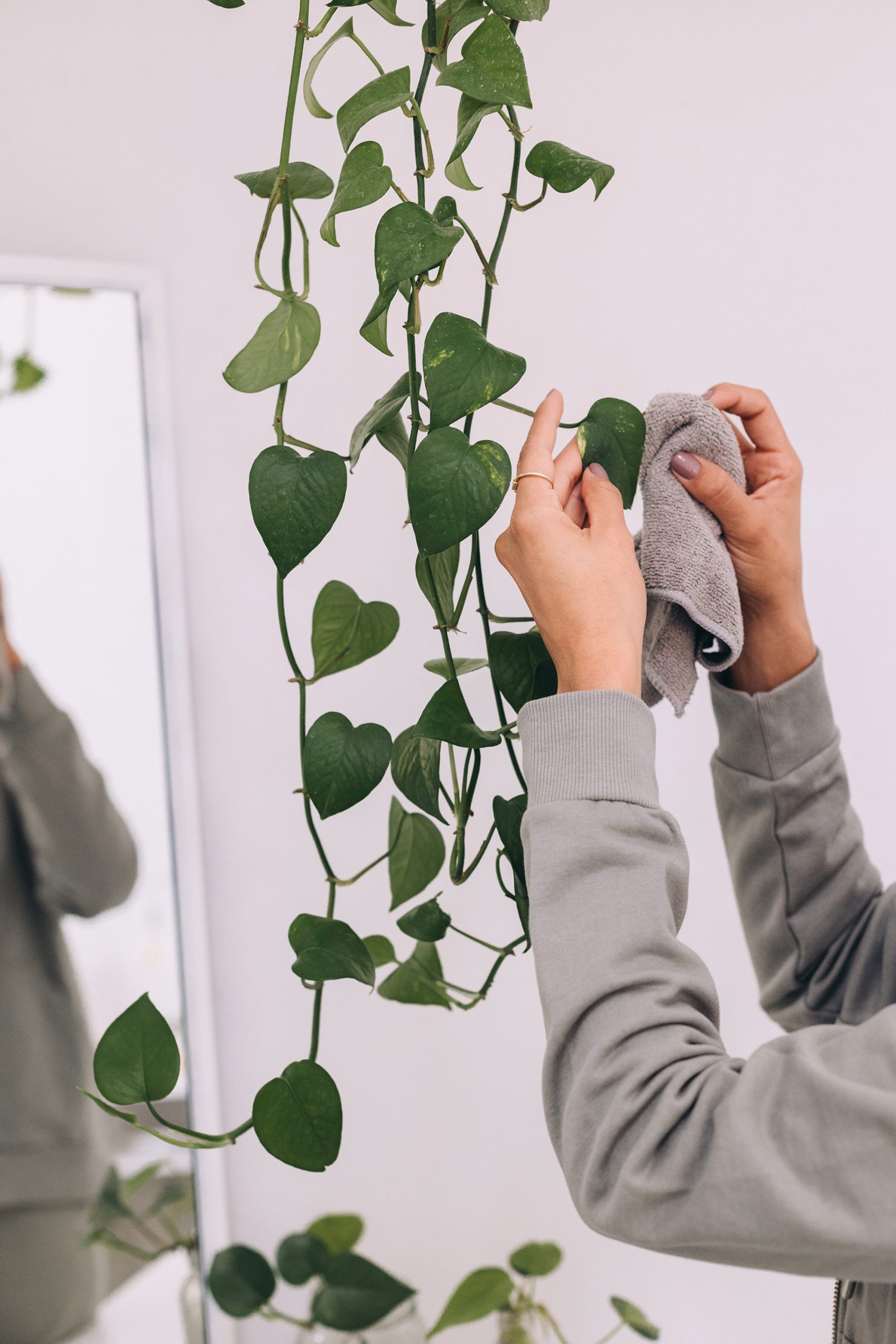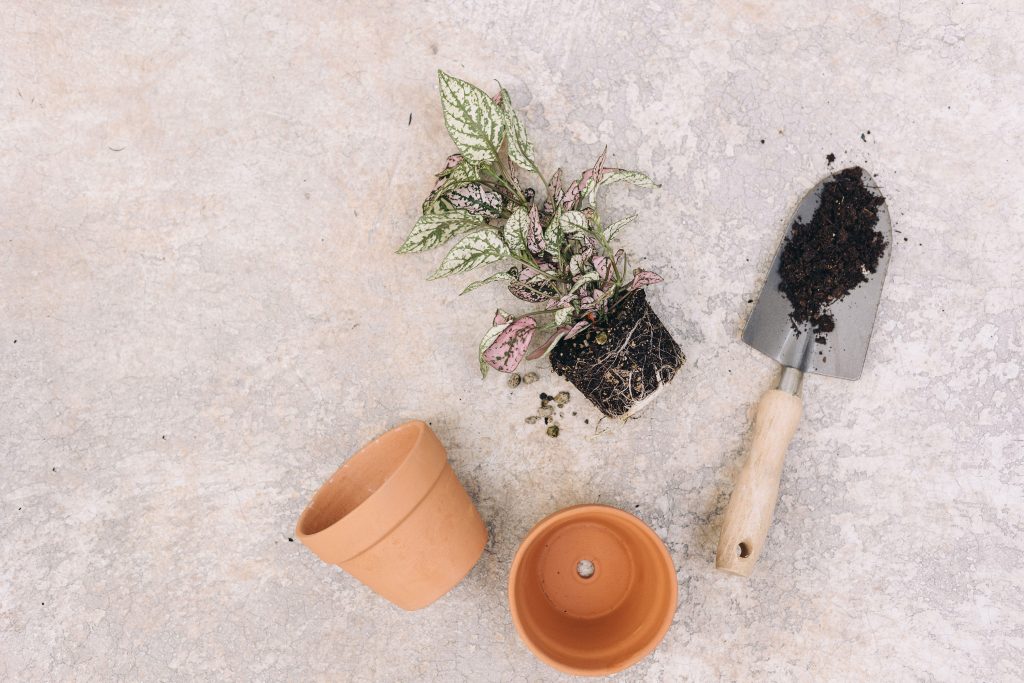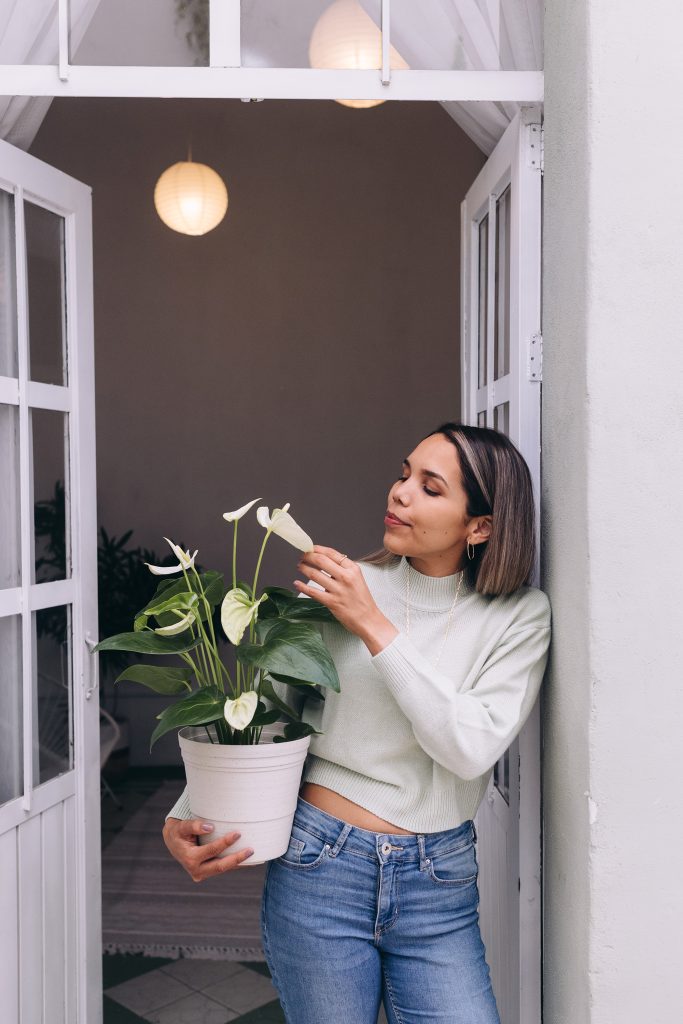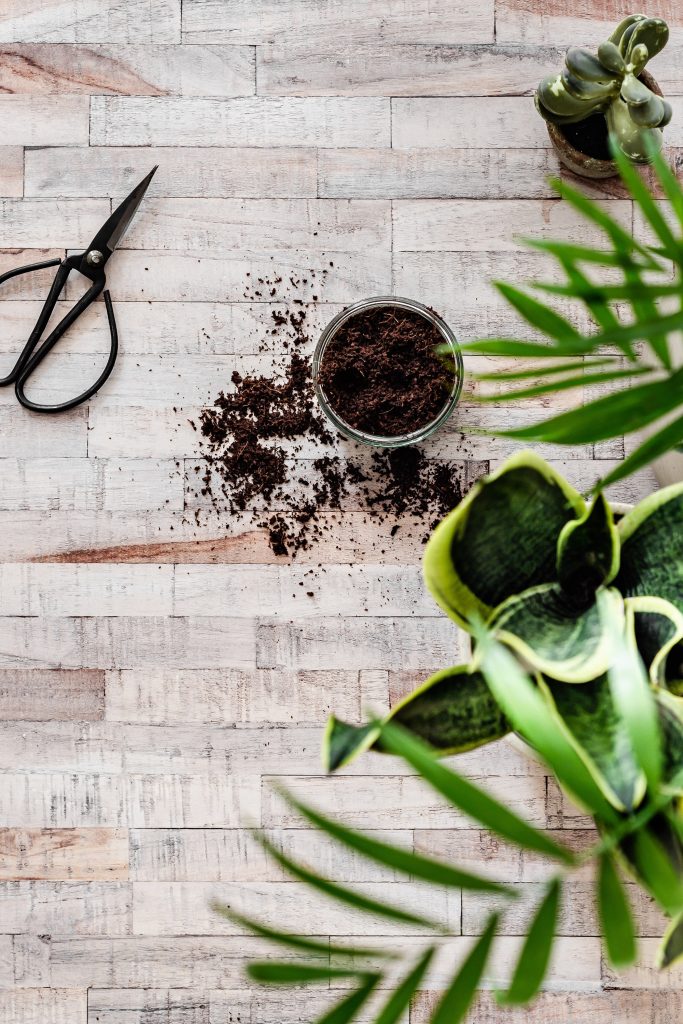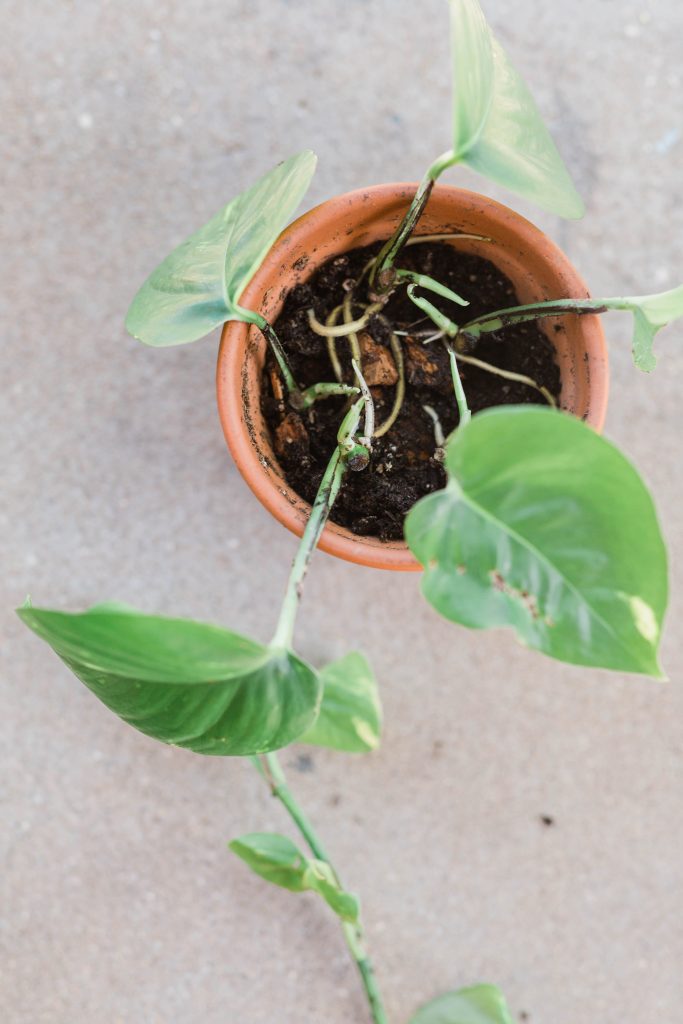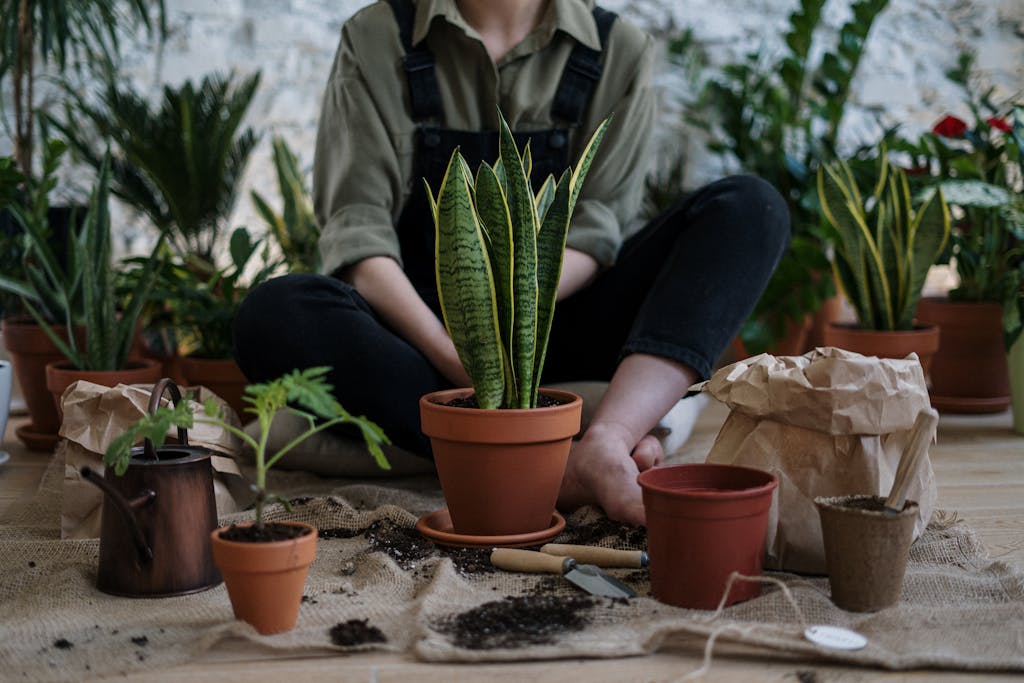Overwatering and Other Common Indoor Plant Care Mistakes to Avoid
As a self-proclaimed “Plant Mom,” I have learned a lot through trial and error about the dos and don’ts of plant care.
One day, I was faced with the dreaded realization that I was actually overwatering my beloved plants.
Sometimes, we make mistakes while taking care of our plants, and, OOPS, brown leaves start appearing out of nowhere.
I’m here to share my own experiences and guide you through some common indoor plant care mistakes we tend to make.
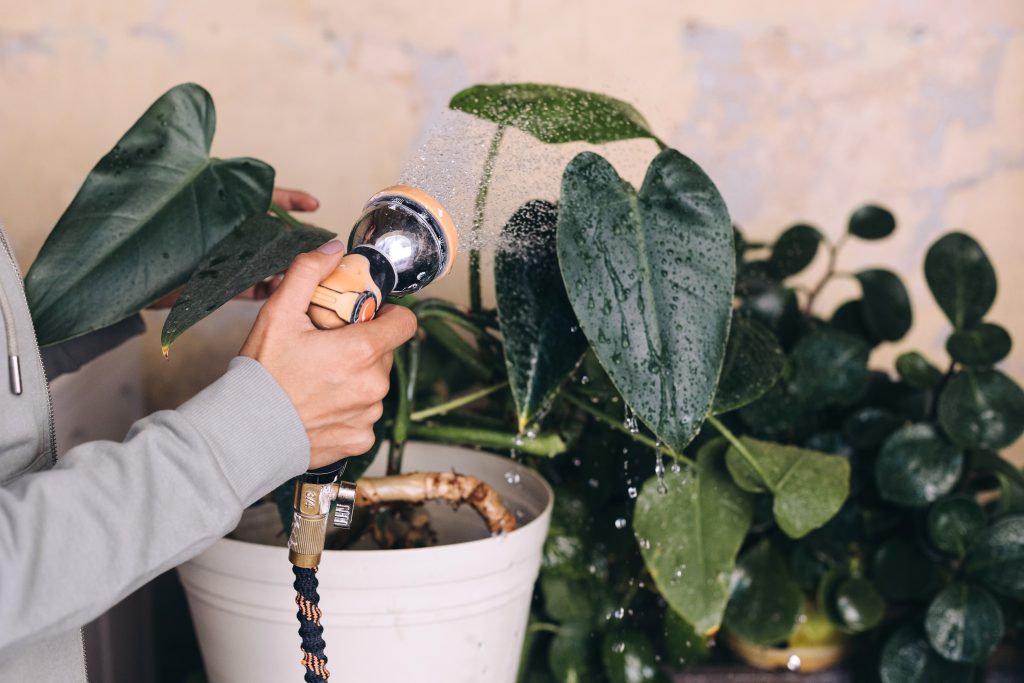
1. The Dreaded Overwatering
YEP, oversized watering cans and a little too much love can actually harm our green pals. Did you know that overwatering is the #1 plant killer? Yeah, you heard it right! Here’s how to avoid giving your plants a not-so-necessary bath:
Check the soil: Stick your finger about an inch into the soil. If it’s damp, hold off on watering. If it’s dry, go for it!
Understand your plant’s needs: Different plants require different watering schedules. Do a quick Google search to learn more about your plant’s preferences.
Drainage is key: Make sure your pots have drainage holes to prevent waterlogged roots. Nobody likes wet feet, right?
Signs of Overwatering
Okay, so first things first: how do you even know if you’re overwatering your plants? Here are some signs you might be giving them too much H2O:
- Yellowing leaves
- Wilting, despite having moist soil
- Mold or fungus growth
- Root rot
Tips to Prevent Overwatering
If you’ve identified overwatering as a problem, fret not! With these tips and resources, you can save your plants and adopt better watering habits:
- Invest in a moisture meter: This handy little tool will tell you exactly how wet the soil is, allowing you to water your plants only when necessary.
- Use a well-draining soil mix: This can prevent your plants from sitting in soggy soil for too long. I personally recommend this soil mix here
- Water according to your plant’s needs: Different plants have different watering requirements, so it’s important to research each individual species.
2.Location, Location, Location!
Think all plants are the same when it comes to sunbathing? HAH, think again! Some plants adore bright, indirect light, while others thrive in low-light conditions. So, how do you make sure everyone’s happy?
Research your plants: Learn about your plant’s light requirements by consulting the almighty Internet or even plant care books.
Rotate: Rotate your plants every few weeks to ensure even growth.
Experiment: Monitor your plants and adjust their position in your space accordingly. If they’re looking a bit “meh,” it might be time to try a new spot.
Signs Your Plants Aren’t Getting Enough Light
Here are some signs that your plants might be craving more sunlight:
- Leggy growth (stretching towards light)
- Smaller or paler leaves
- Slow or no growth
Tips for Improving Lighting Conditions
If your plants crave more light, adjusting their environment is crucial! Here’s what you can do:
- Move plants closer to a window: This one’s pretty self-explanatory, but I just had to say it.
- Invest in a grow light: If your home doesn’t receive adequate natural light, investing in a grow light can truly be a game-changer. I love this one because it has adjustable settings and a built-in timer.
- Rotate your plants: This allows them to receive even lighting on all sides.
3. The Humidity
Some houseplants, like ferns and orchids, loooooove humid environments (think tropical rainforest vibes). Here’s how you can bring paradise indoors:
Group ’em up: Place your moisture-loving plant buddies close together to create a microclimate of humidity.
DIY humidifier: Fill a tray with water and pebbles, place your plant pot on top (but don’t let the bottom of the pot touch the water), OR simply mist your plants daily.
Consider a humidifier: It’s a bit of an investment, but trust me, your tropical pals will thank you!
Fertilizer Do’s and Don’ts
Nourishing our plants is essential, but sometimes we tend to get a little too enthusiastic with feeding them, am I right? Here are some tips to fertilize responsibly:
Less is more: Over-fertilizing can harm your plants (burnt leaf tips, anyone?). Stick to the recommended amount and frequency.
Know your plant’s needs: Different plants require different nutrients. Take some time to research before you go nuts with the fertilizer.
Season matters: Fertilize during the growing season, but ease up in the winter months. Your plants need a break too!
Water first: Always water your plants before fertilizing to prevent root damage. Trust me on this one; it makes a world of difference.
Signs Your Plants Need Fertilization
If your plants are showing any of these signs, they might be due for a dose of nutrients:
- Pale or discolored leaves
- Weak, leggy growth
- Signs of mineral deficiency (e.g., brown spots or curling leaves)
Use the right type of fertilizer
It’s not a one-size-fits-all situation!
Different plants require different nutrients.
.
Follow the instructions: This might seem like a no-brainer, but seriously, folks, read those labels! Overdoing it can be just as harmful as not fertilizing at all.
Timing is key: Fertilize your plants during their growth periods, typically in spring and summer. In winter? Not so much.
Consider slow-release fertilizers: These babies gradually release nutrients, so you don’t have to fertilize as often. Can you say convenient?
Wrapping Up: Plant Care Is a Joyful Journey
From watering to lighting, fertilizing to finding the perfect soil, there’s always something new to discover.
Embrace the challenges, celebrate the growth (literally!), and most importantly, enjoy the process. Your plants are more than just decor; they’re living, breathing beings that bring life, joy, and serenity to your space.
You’ve got this

